CW-368A Function: Lower Glue Pot, 6 Wheel Pressing, End Cutting, Fine Trimming, Scraping, Buffing.
| Size | 4300*1000*1600mm | Air pressure | 0.6mpa-0.8mpa |
|---|---|---|---|
| Weight | 1500kg | Heating power of glue | 1.8kw |
| Bander width | 12-60mm | Transmission power | 0.55kw |
| Bander thickness | 0.4-3mm | Conveyor motor power | 3kw |
| Min process length | 80mm | End cutting motor power | 0.55kw*2 |
| Min process width | 45mm | Rough trimming motor | 0.75kw*2 |
| Feed speed | 18m/20m/22m/min | Fine trimming motor | 0.75kw*2 |
| Total power | 15kw | Buffing Motor Power | 1 kw*2 |
Edge Banding Machines: The Cornerstone of Modern Woodworking Finish
In the intricate world of woodworking and furniture manufacturing, the quality of the finish often dictates the perceived value and durability of a product. While the structural integrity of a piece is paramount, it is the seamless edges, the smooth transitions, and the aesthetic appeal that truly capture attention. At the heart of achieving this flawless finish, particularly for panel-based furniture, lies the Edge Banding Machine.
More than just a piece of equipment, an edge banding machine is a transformative tool that converts raw, exposed panel edges into durable, visually appealing, and moisture-resistant surfaces. From commercial office furniture to bespoke kitchen cabinets, the distinct quality imparted by a well-applied edge band elevates a product from merely functional to exquisitely finished.
The Imperative of Edge Banding
The rise of engineered wood products like MDF (Medium Density Fiberboard), particle board, and plywood has revolutionized furniture manufacturing. These materials offer cost-effectiveness, consistency, and versatility. However, their exposed edges are vulnerable. They are susceptible to:
- Moisture Ingress: Humidity and spills can cause swelling, delamination, and degradation of the core material.
- Chipping and Damage: Untreated edges are prone to chipping, especially during handling and daily use.
- Unfinished Aesthetics: Raw edges of engineered wood are unsightly and detract from the overall quality of the product.
- Hygiene Issues: Exposed porous surfaces can harbor dust and grime, making cleaning difficult.
Edge banding addresses all these critical issues. It involves applying a thin strip of material – typically PVC, ABS, melamine, wood veneer, or solid wood – to the exposed edges of panels using heat-activated adhesive. The result is a sealed, protected, and aesthetically integrated edge that enhances both the longevity and appeal of the furniture piece.
Evolution and Types of Edge Banding Machines
The journey of edge banding has evolved significantly from manual application to highly automated, precision-driven machinery. Today, edge banding machines cater to a spectrum of production needs, broadly categorized by their level of automation and functionality:
-
Manual Edge Banding Machines:
- These are typically handheld or small bench-top units.
- Ideal for very low-volume production, repair work, or curved edges where larger machines struggle.
- Require significant operator skill for consistent results.
- Limited in speed and the range of edge band materials they can handle.
- Often require manual trimming and finishing.
-
Semi-Automatic Edge Banding Machines:
- Bridge the gap between manual and fully automatic.
- Often feature an automated glue application and edge band feeding system.
- Panel feeding might still be manual, or via a simple conveyor.
- Trimming and finishing operations might be partially automated or require separate, dedicated tools.
- Suitable for small to medium-sized workshops with moderate production volumes.
-
Automatic Edge Banding Machines:
- The workhorses of modern furniture factories.
- Fully integrated systems that handle the entire process: pre-milling (optional), glue application, edge band feeding, pressing, end trimming, rough trimming, fine trimming, corner rounding, scraping, and buffing.
- Designed for high-volume, continuous production with consistent, high-quality results.
- Offer precise control over various parameters via intuitive control panels (PLCs, touchscreens).
- Require less operator intervention once set up.
Key Components and Operational Stages of an Automatic Edge Banding Machine
A comprehensive automatic edge banding machine typically incorporates several integrated units, each performing a specific function:
- Panel Feeding System: A robust conveyor or chain-feed system that accurately guides the panel through various processing stations. Pressure rollers ensure the panel remains stable during operation.
- Pre-Milling Unit (Optional but Highly Recommended): Equipped with diamond or carbide cutters, this unit precisely mills a small amount of material from the panel edge just before glue application. This ensures a perfectly clean, straight, and splinter-free surface, crucial for superior adhesion.
- Glue Pot and Applicator Unit: The heart of the bonding process.
- Glue Pot: Heats hot-melt adhesive to a precise temperature. Capacity varies, and quick heating times are a plus.
- Glue Roller: Applies a consistent, thin layer of molten glue to the panel edge.
- Pressure Rollers: Firmly press the edge band onto the glued panel edge, ensuring optimal adhesion and preventing air pockets.
- Edge Band Feeding Unit: Automatically feeds the edge banding material from a coil or magazine. Features typically include automatic cutting to length.
- End Trimming Unit: Equipped with cutters, this unit precisely trims the excess edge band material from the leading and trailing ends of the panel. This creates a clean, flush cut.
- Rough Trimming Unit: Removes the bulk of the overhanging edge banding from the top and bottom edges of the panel. Often uses straight or angled cutters for efficiency.
- Fine Trimming Unit: The precision stage. High-speed motors and fine-tuned cutters remove the remaining excess material, leaving a perfectly flush and smooth edge. This unit is critical for achieving a “seamless” finish.
- Corner Rounding Unit (Optional): Also known as a “corner copying” or “corner trimming” unit, it automatically rounds the corners of the edge-banded panel, creating an aesthetic and ergonomic finish, especially common on kitchen and office furniture.
- Scraping Unit (Optional): Uses carbide scrapers to remove any residual glue squeeze-out or slight imperfections from the edge band surface, leaving a perfectly smooth and clean joint.
- Buffing Unit (Optional): Equipped with textile buffing wheels, this unit polishes the edge band, enhancing its sheen and further refining the finished look. It also helps remove any slight marks left by previous operations.
- Control System: Modern machines feature intuitive PLC-based (Programmable Logic Controller) or touchscreen control panels, allowing operators to easily set parameters, monitor progress, and diagnose issues.
- Dust Collection Ports: Essential for maintaining a clean working environment and protecting precision components from dust and debris.
Benefits of Investing in an Edge Banding Machine
The advantages of integrating an edge banding machine into a woodworking production line are multifaceted and significant:
- Superior Finish Quality: The primary benefit is the ability to produce furniture with impeccable, factory-quality edges. This elevates the aesthetic appeal and perceived value of the final product.
- Enhanced Durability and Longevity: A properly edge-banded panel is sealed against moisture, making it more resistant to swelling, warping, and delamination. This significantly extends the lifespan of the furniture.
- Increased Efficiency and Productivity: Automatic machines dramatically reduce the time and labor required for edge finishing, allowing for higher output and faster turnaround times.
- Cost Savings: Reduced material waste (due to precise trimming), minimized rework, and optimized labor costs contribute to significant overall savings.
- Consistency: Automation ensures consistent quality across all pieces, eliminating variations that can occur with manual processes.
- Versatility: Modern machines can handle a wide range of edge band materials (PVC, ABS, veneer, melamine) and panel types (MDF, particle board, plywood) and varying thicknesses, offering production flexibility.
- Improved Safety and Ergonomics: Reducing manual handling of sharp tools and repetitive tasks makes the workplace safer and more ergonomic for operators.
- Market Competitiveness: Offering high-quality, durable, and aesthetically pleasing furniture gives businesses a significant edge in a competitive market.
Choosing the Right Edge Banding Machine
Selecting the ideal edge banding machine requires careful consideration of several factors:
-
Production Volume:
- Low Volume/Custom Work: Manual or small semi-automatic machines might suffice.
- Medium Volume: A robust semi-automatic or a compact automatic machine would be appropriate.
- High Volume/Industrial: A full-featured automatic edge bander with all optional units is necessary.
-
Types of Panels and Edge Bands: Ensure the machine can handle the specific thicknesses, heights, and materials you commonly use. Some machines are optimized for specific applications (e.g., thin PVC vs. thick solid wood strips).
-
Required Finish Quality: If a seamless, invisible joint is paramount (e.g., for high-end kitchen cabinets), look for machines with pre-milling, fine trimming, scraping, and buffing units.
-
Budget: Edge banding machines range widely in price. Balance your budget with your production needs and desired features. Remember to factor in long-term operational costs and maintenance.
-
Available Space: Consider the footprint of the machine and ensure it fits comfortably within your workshop layout, allowing for efficient material flow.
-
After-Sales Support and Service: This is crucial. Choose a reputable supplier (like Kataria Tech Zone, in this case) that offers reliable installation, training, spare parts availability, and prompt technical support. Downtime can be costly.
-
Power Requirements: Ensure your facility can provide the necessary electrical power (e.g., three-phase) for the chosen machine.
The edge banding machine is an indispensable asset for any modern woodworking enterprise. It’s an investment that pays dividends in terms of product quality, operational efficiency, and overall profitability. By understanding its capabilities and selecting the right machine for your specific needs, businesses can consistently deliver products that not only meet but exceed customer expectations in terms of finish, durability, and value.

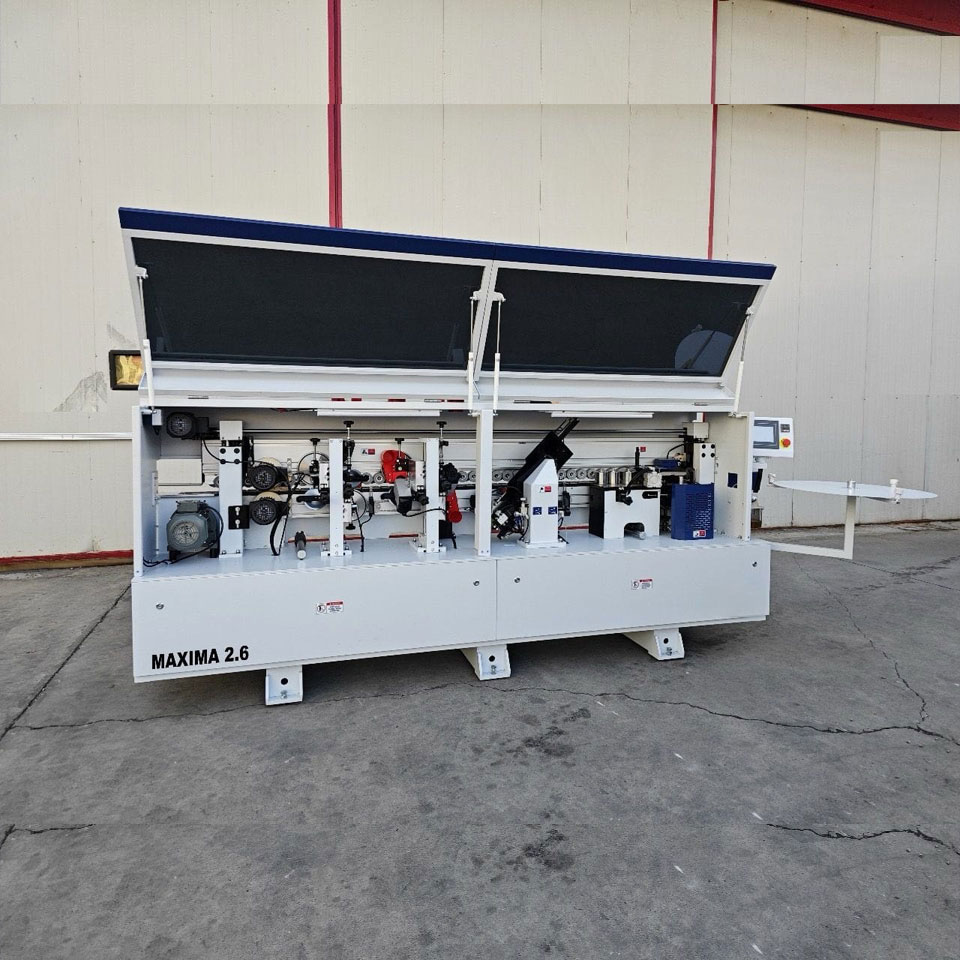
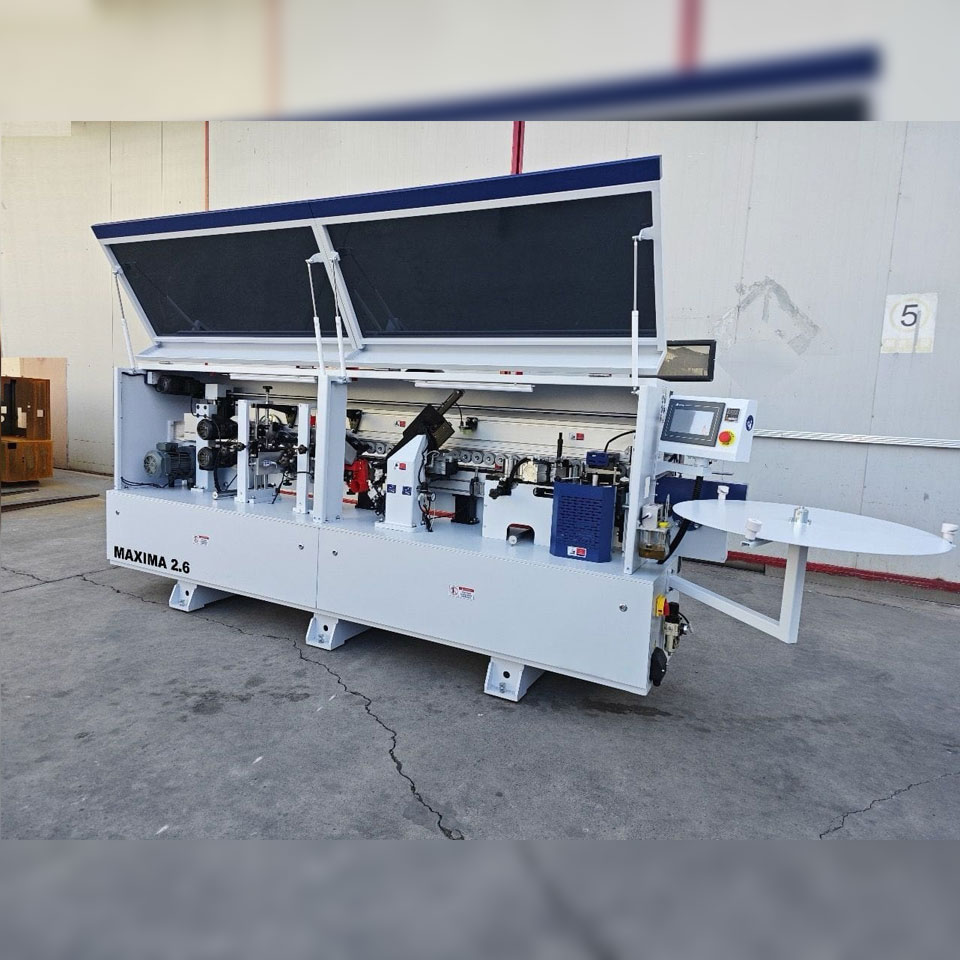
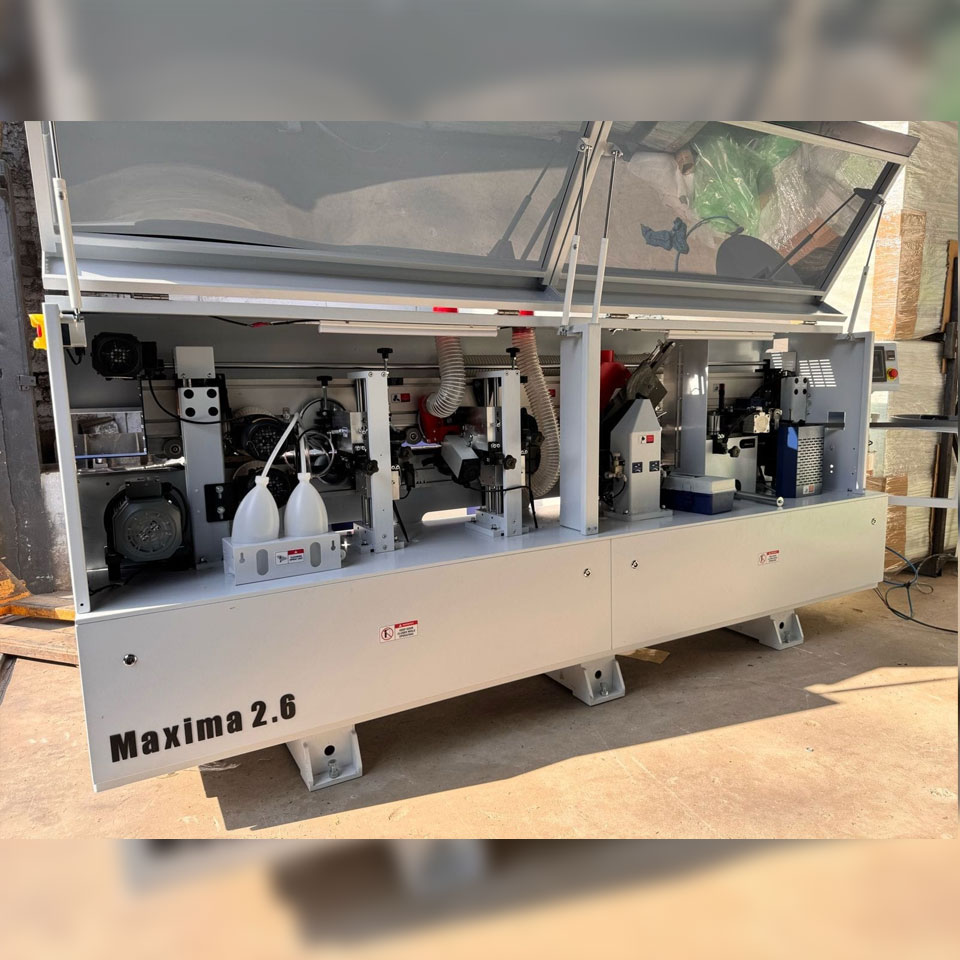
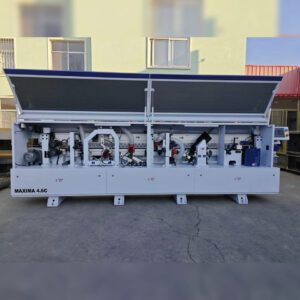
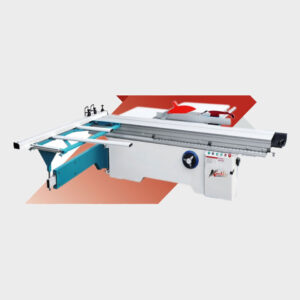
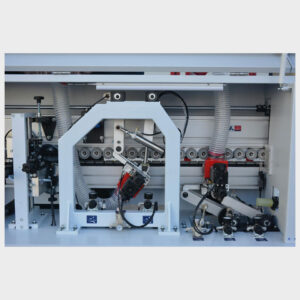

There are no reviews yet.